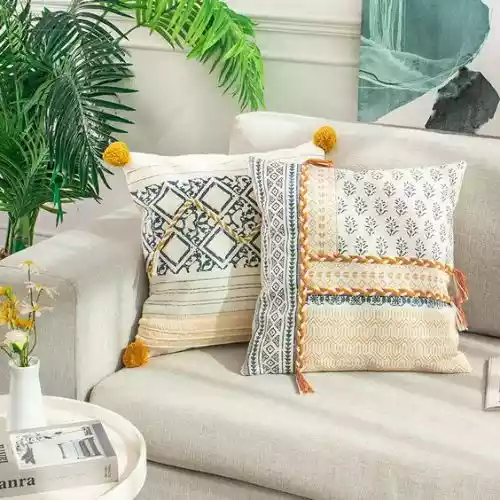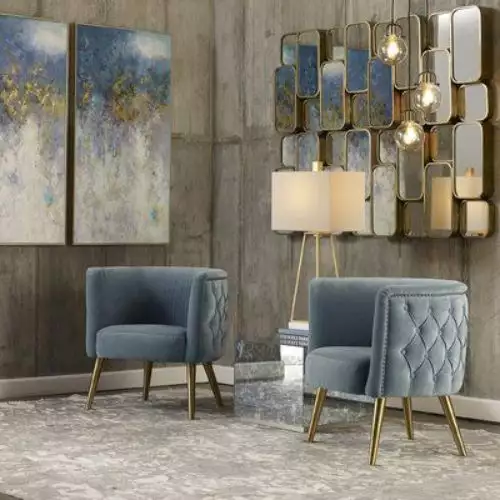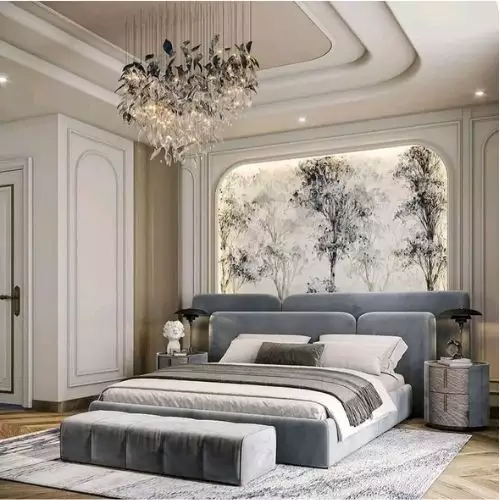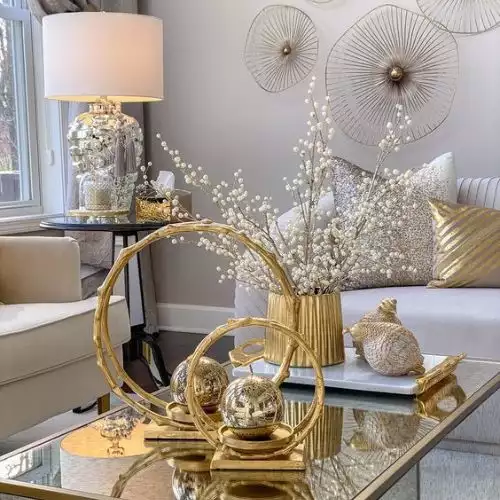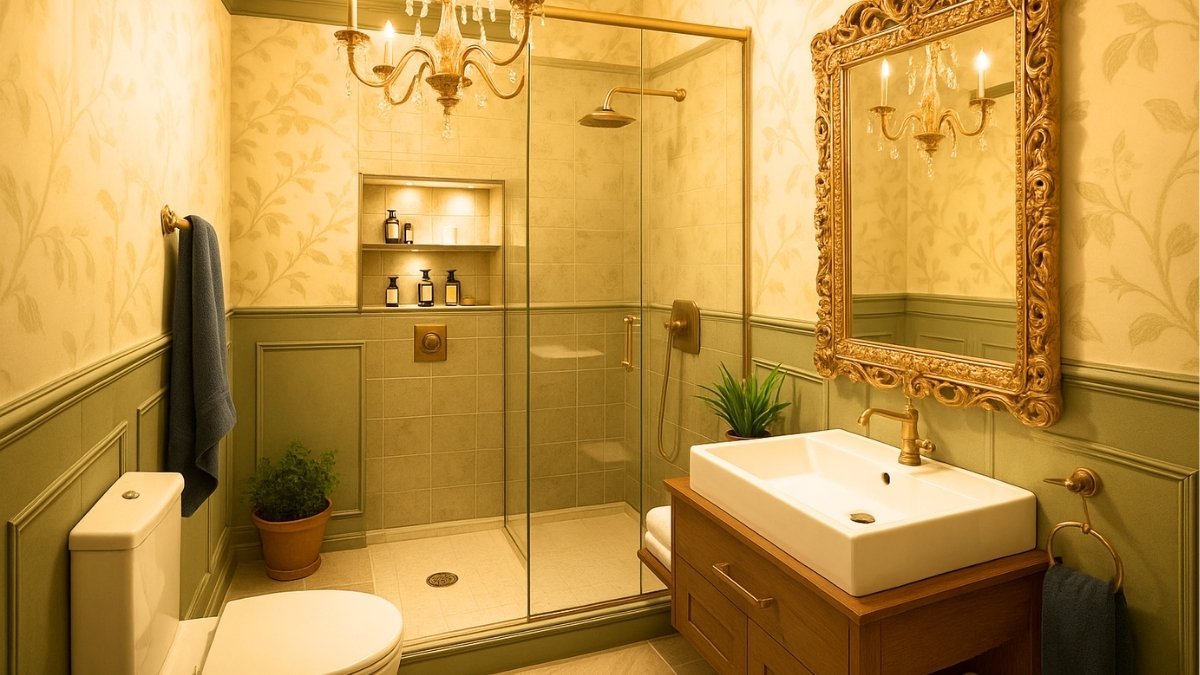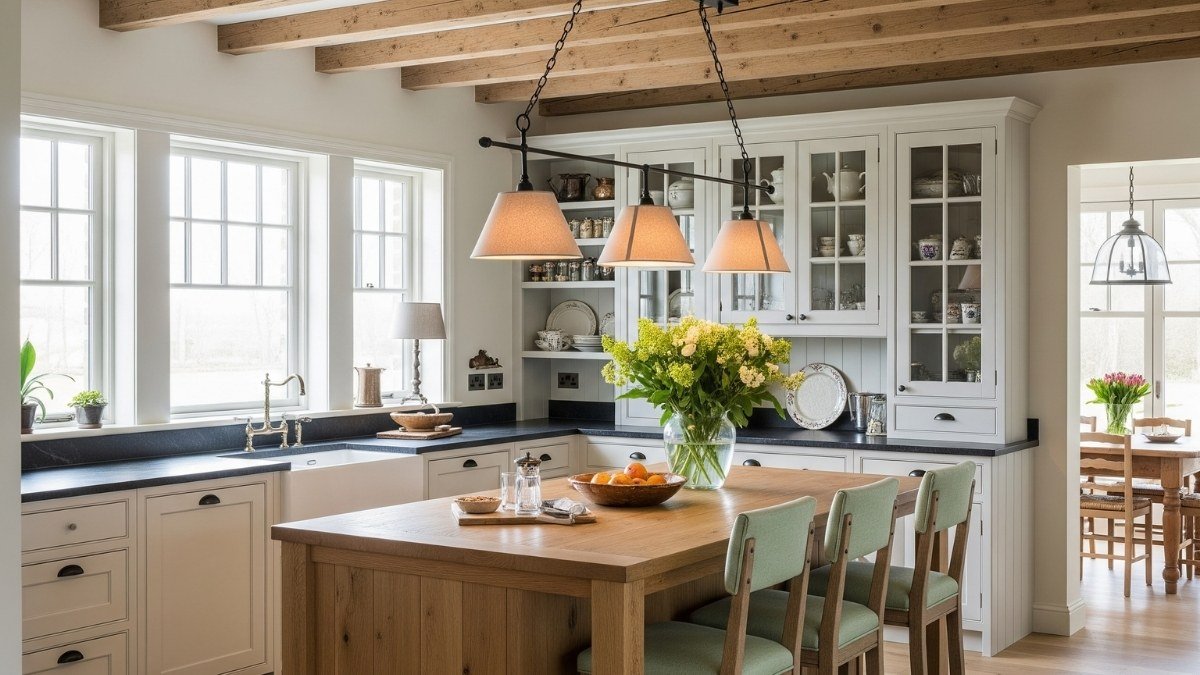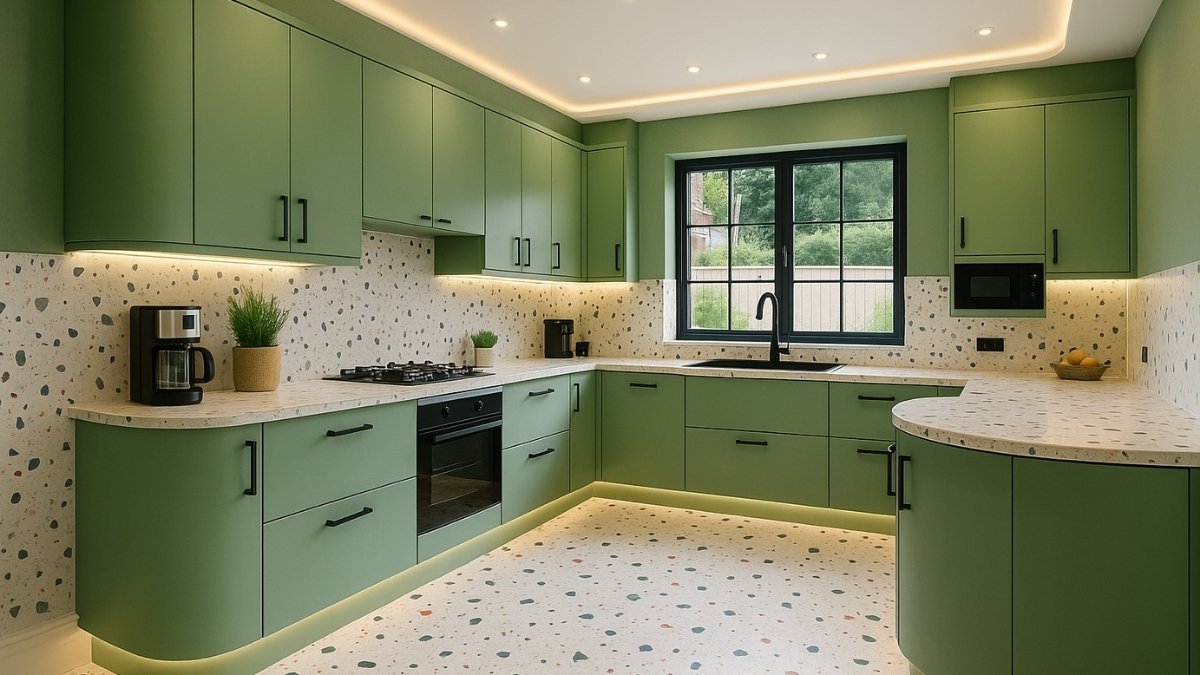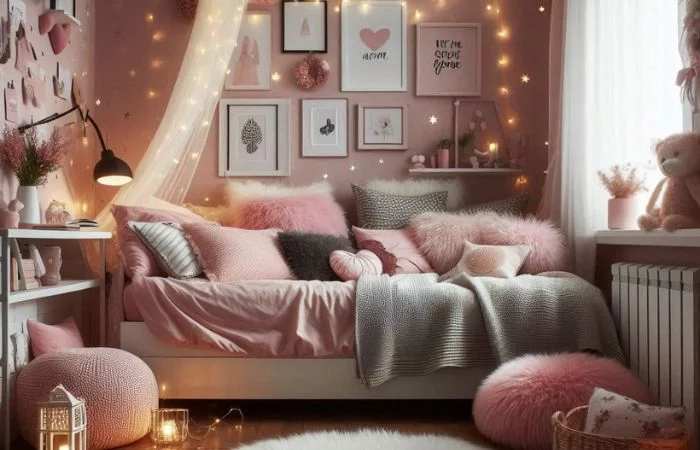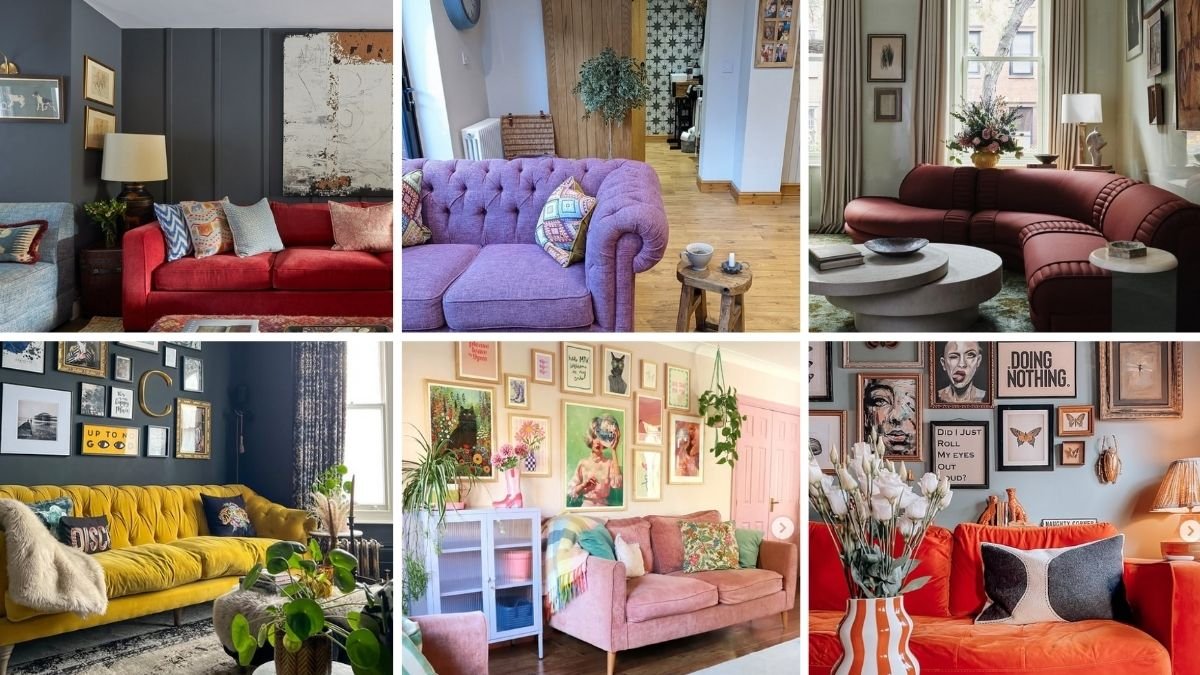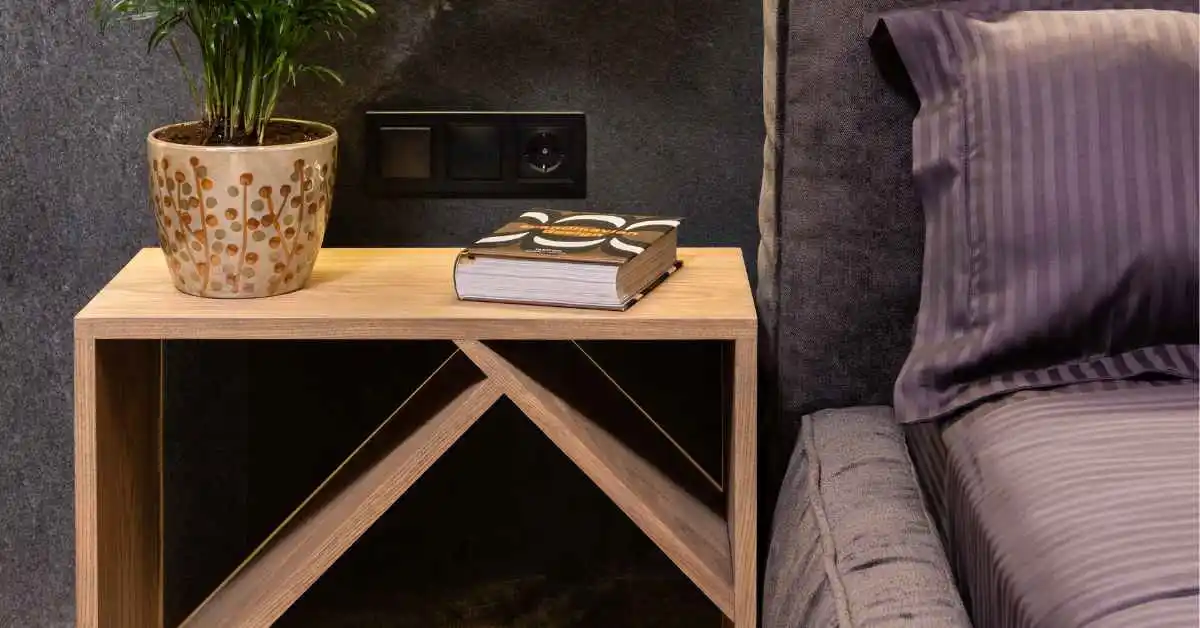7 Ways to Add Texture in Interior Designing
Incorporating texture in interior designing can completely transform a room, giving it depth, warmth, and visual interest.
By adding different textures, you create a more engaging and layered space.
Today, I’m sharing 7 easy ways to add texture that will enhance your home’s interior design.
Related Articles-
- 5 Elements That add luxury to your home without a complete overhaul
- 18 Inspiring Mid-Century Modern Living Room Design Ideas
- How to Design a Gallery Wall: Simple Tips For Any Space
(1) Layering Fabrics for Texture:
When it comes to adding texture in interior designing, layering fabrics is one of the most effective methods.
Mixing materials like velvet, linen, cotton, and wool on sofas, beds, and cushions brings richness to your space. Consider using different fabrics for your throw pillows and blankets to create a welcoming environment.
You might also like: Top Interior Design Trends that are Timeless.
(2) Add Texture with Wall Finishes:
Another keyway to incorporate texture in interior designing is through textured wall finishes.
Instead of opting for regular paint, consider exposed brick, wooden panels, or textured wallpapers to add dimension and character to your room.
(3) Rugs and Carpets for a Textured Floor:
Introducing a rug or carpet instantly adds texture to your flooring. A shaggy rug, a woven jute mat, or a patterned area rug adds both visual and physical texture, making a room feel more complete.
This is a great way to bring texture in your home.
(4) Mix Furniture Materials for Contrast:
Texture in interior designing can also be achieved by mixing materials in furniture. Combining wood, metal, and glass elements creates an interesting contrast and adds depth. A wooden dining table with metal chairs or a glass-top table with wooden legs gives your space a modern yet layered feel.
(5) Bring Nature Indoors for Organic Texture:
Nature offers some of the best sources of texture. Using natural materials such as wood, stone, and plants can bring a fresh, organic feel to your interiors. Wooden beams, a stone fireplace, or even indoor plants introduce earthy texture in interior designing.
(6) Textured Art and Wall Hangings:
Wall art and hangings can serve as both decoration and texture. Macramé, tapestries, or textured paintings, wall papers are great ways to infuse texture in interior designing while adding personality to a room. These textured pieces can create focal points that draw the eye.
(7) Use Metallic Accents for Shine and Texture:
Finally, metallics such as brass, copper, or gold bring both shine and texture in interior designing. Small metallic accents like lamps, frames, or table legs add reflective texture, giving your room a luxurious feel without overpowering the space.
You might also find helpful: Unlocking Design Secrets: 7 Elements of Interior Design
(8) Wrapping Up:
By incorporating these methods, you can effortlessly introduce texture in interior designing, adding layers, warmth, and character to your home. Whether you’re adding textured fabrics, natural elements, or metallics, these small changes can make a big difference in how a room feels.

